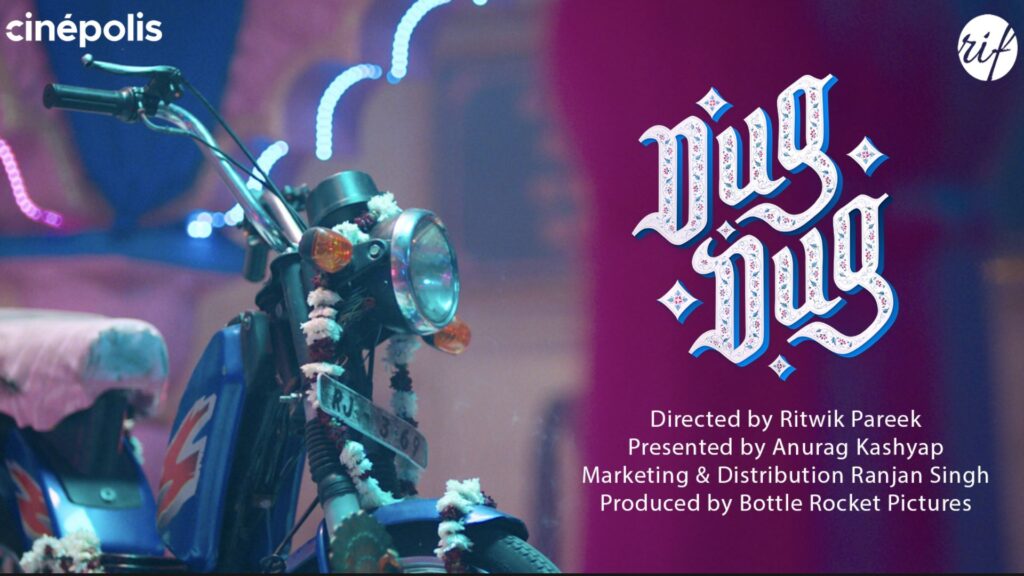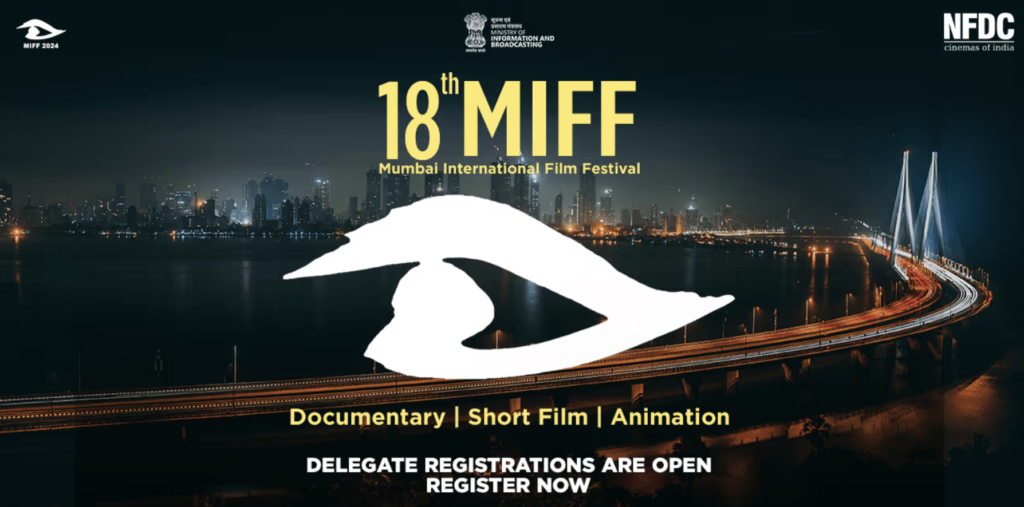In 2025, navigating the film festival circuit isn’t merely about submitting a film – it’s akin to embarking on a pilgrimage through the sacred halls of cinema. Each festival, from the sun-drenched promenades of Cannes to the snow-laden streets of Sundance, offers more than just screenings; they are sanctuaries where celluloid dreams are both celebrated and scrutinized. At Cannes, the red carpet stretches over two kilometers, replaced thrice daily to maintain its pristine allure, a testament to the festival’s reverence for tradition. Meanwhile, the Venice Film Festival, the oldest of its kind, has witnessed cinematic revolutions since 1932, standing as a testament to the enduring power of storytelling. In the digital age, where AI-generated content floods screens, these festivals uphold the sanctity of authentic, handcrafted narratives. They are arenas where filmmakers, both seasoned and novice, present their labor of love to discerning audiences, seeking not just applause but acknowledgment of their artistic odyssey. Yet, amidst the glamour and grandeur, the essence remains unchanged: a collective celebration of the moving image, a reaffirmation that cinema, in its purest form, still holds the power to inspire, challenge, and transform.
In 2025, trying to decode the labyrinthine world of film festivals feels less like Googling “how to submit to Sundance” and more like deciphering an ancient cinematic cult that’s been gatekept for decades behind closed doors, whispered panels, and PDF press kits with too many tabs. A festival isn’t just a lineup of movies anymore – it’s a vibe, a gladiatorial arena of auteurs where reputations are made, dreams are buried under jury politics, and standing ovations are timed like TikTok transitions. So here’s the tea: this ain’t your Netflix algorithm’s domain. It’s raw. It’s elitist. And it’s a freaking spectacle. Cannes? You can get kicked out for wearing flats. TIFF? They love you till you actually win. Berlinale? They once awarded a Golden Bear to a literal silent movie remake.
But let’s rewind. Did you know Coachella 2023 wasn’t the first time an Indian artist cracked global attention? In 1993, Mira Nair’s Kama Sutra was booed off Venice’s stage – then went viral in France (pre-internet) through black market VHS tapes. That’s the duality: one moment you’re a pariah, the next, a prophet. Film festivals are brutal. They’re about seduction, not selection. Want to get into Sundance? Hope your short film was shot on a DV cam during Mercury retrograde, while sipping kombucha brewed by Greta Gerwig. It’s not just about the film – it’s about the myth you craft around it. Park Chan-wook once submitted a fake version of Oldboy with missing scenes to get into Berlinale just to see if they’d notice (spoiler: they didn’t). Cannes has a “no applause longer than 15 minutes” rule unofficially enforced by seat ushers who carry small light meters to time the ovation – it’s real, ask Thierry Frémaux’s assistant. Venice once housed a secret jury member who was a Michelin-starred chef sent in to judge “emotional flavor”.
TIFF has an entire basement floor called “The Vault” where films that were too “politically complex” are archived without ever being screened. One of them? A Lars von Trier short that allegedly included a reversed Kubrick soundtrack. And tell me why Sundance still only plays certain films at specific altitudes? Because of the oxygen levels – some films have scenes synced to the viewer’s pulse, and playing them at sea level breaks the immersion. Now let’s talk about the dark side, because there’s enormous baggage. For every Parasite breakout at Cannes, there’s a dozen indie darlings that get swallowed whole by distribution hell. Festivals like Berlinale often reward risk, but not always relevance – remember when they snubbed Aftersun for being “too quiet”? Meanwhile, festival juries? They’re not just critics. They’re actors, chefs, museum curators, even the occasional astronaut (TIFF 2016 had a literal astronaut on its jury).
And don’t even get me started on the politics: Spike Lee stormed out of Venice in 2011 because his film was categorized as “documentary” instead of “narrative fiction” despite having more dialogue than The Artist. And yet, this madness births magic. Like the time Pedro Almodóvar introduced Pain and Glory at Cannes with a mariachi band, because he “missed home”. Or the 2023 Berlinale underground screening of TÁR: Redux – a fan edit that reimagined Lydia Tár as an AI deepfake. And get this: Coachella isn’t just about music anymore. Post-2023, they launched a “Visual Harmony” section curated by Childish Gambino, where short films are projected on vapor clouds using AI-modulated humidity levels.
Also, insider trivia: the same red carpet used at Cannes 2019 was later recycled for the Kyoto Film Festival in Japan, where it was re-dyed to symbolize “filmic rebirth”. You can still see the wine stains from Tarantino’s spilled Shiraz. Even your favorite directors fake it to make it – one indie darling admitted on a podcast (that got deleted hours later) that his entire “student film” shown at Telluride was actually produced by A24 under a fake label, just to test audience response. That’s how meta this has all become. And if you’re thinking festivals are about “discovering new voices”? In fact, they’re about curating the illusion of discovery. The real gems? They’re sometimes hidden in 2 a.m. slots with no subtitles, played on dusty projectors while the real crowd is at some yacht party hosted by a streaming platform. But maybe that’s what makes them sacred. These festivals, these rituals – they are not dying. They’re just evolving. Into temples of curated chaos, where real stories sometimes slip through the cracks and become legend. So next time someone says they “got into Rotterdam”, ask them what projector model they screened on. If they say “DCP”, they’re basic. The real heads know it’s all about that 35mm reel smuggled through customs, with a runtime that’s never the same twice.
Welcome to the festival circuit, fam. Hope your film survives the myth.
Maybe, festivals are about cinema anymore. They’ve shapeshifted. They’re myth machines now. Prestige factories. Soft cults for cinephiles and status seekers where the movie is often the least interesting part of the whole damn spectacle. It’s like – imagine being invited to a spiritual retreat, but instead of enlightenment you get 6 hours of silent black-and-white cinema about a dying goat and an afterparty with someone who insists Tarkovsky invented time. Vibes.
However, that’s a problem. In fact, maybe we need this delusion. Maybe the whole performative nature of film festivals is actually keeping the soul of cinema alive, even if it’s trapped in a Balenciaga-wrapped coffin. Because, authenticity in the arts is overrated when curated madness is so much more revealing. These festivals aren’t church – they’re fever dreams. They’re fanfiction written by critics. They’re LARPing as intellectual spaces but sometimes trip over their own avant-garde nonsense. And yet… they work. Why? Because they’re not built for logic. They’re built for longing. For hunger. For the sheer, unhinged hope that somewhere in the chaos, a story might still shake you.
So, maybe TIFF is a little too polished, and Cannes is just prom night for directors with trust funds, but where else do you get to witness a midnight screening where a guy in a Bane mask screams “VIVA LA LYNCH!” before throwing rose petals at the projector? That’s the energy I’m chasing. Not perfection. Not purity. Just chaos. Beautiful, reverent, sweaty, subtitled chaos. And if that’s the price of entry for finding one scene that haunts me for a week?


